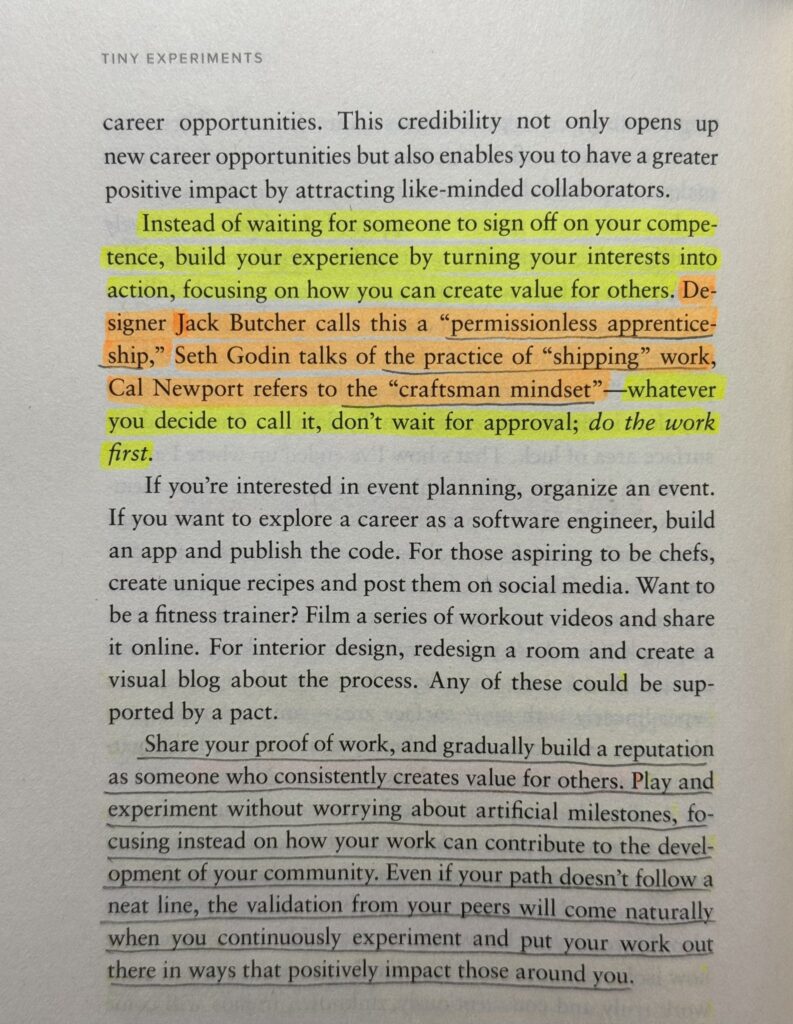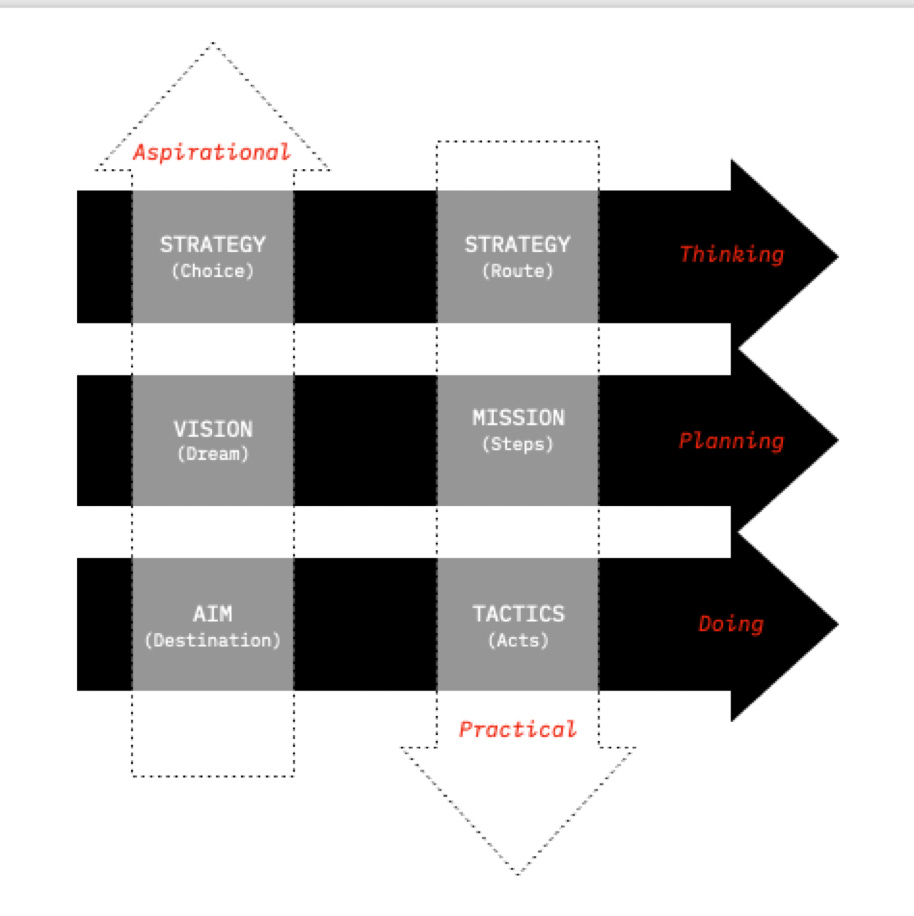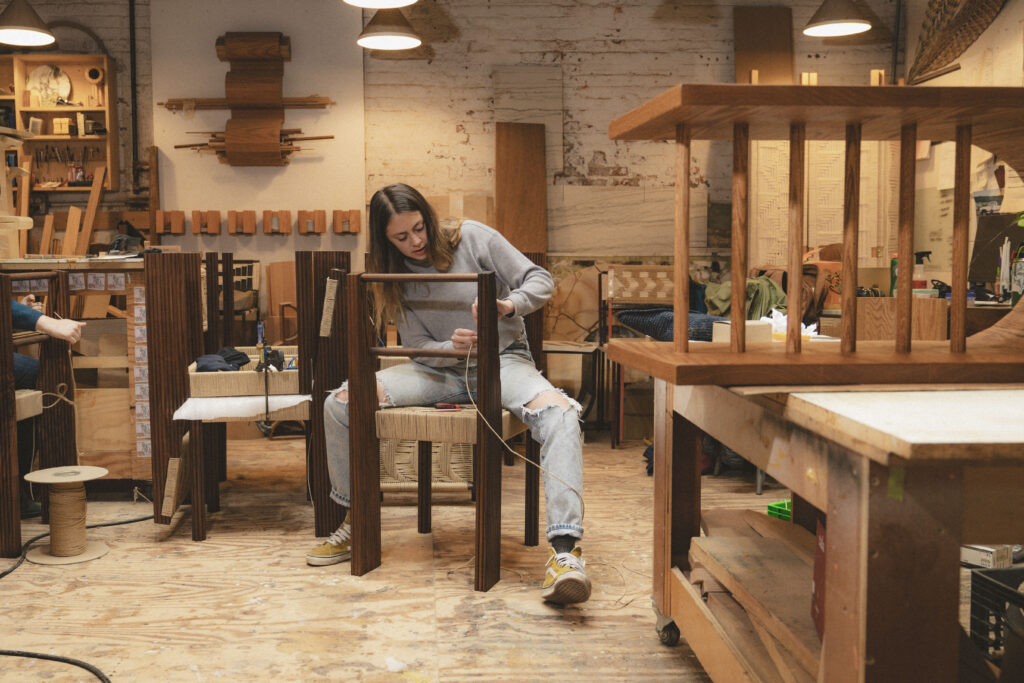Let’s talk about a common challenge for most creative entrepreneurs: getting help.
You want help. You need help.
The issue? You think you can’t afford it.
But here’s the truth: You can. Regardless of your circumstances, getting help is within reach—and it can be a game changer for your business (and sanity).
Let’s break it down through a fictionalized conversation inspired by many real ones I’ve had on this exact topic.
The Conversation
Maxed-Out Maker: I need help with my business, but I can’t afford to hire someone.
Kim: Good help shouldn’t actually cost you money. It should make you money.
Maxed-Out Maker: What do you mean?
Kim: Most business owners think they have to personally foot the bill, but that’s where they go wrong.
Maxed-Out Maker: How so?
Kim: First, you personally are not paying anybody—your business is. And second, the right hire pays for itself (and more) in one of two ways:
- Direct Revenue Impact: They help generate money—whether that’s through sales, marketing, or production speed.
- Indirect Revenue Impact: They free you up to focus on the things that do generate money.
Maxed-Out Maker: That makes sense, but taking that financial leap is scary.
Kim: Of course! We all struggle with the “What if it doesn’t work out?” fear. But flip the question: What if it does? What if help gives you the relief, momentum, and revenue growth you’ve been needing?
Maxed-Out Maker: What if I don’t need full-time help?
Kim: That’s the beauty of it—help comes in all forms. Interns, specialists, shared resources, communities, consultants, part-time workers, software… you name it. There’s an option for every budget, from free to high-cost.
Where to Start
- Look within. What tasks (if handled by someone else) would increase revenue or save you time? Think sales, production, admin, or marketing support.
- Clarify the role. Before hiring, write down what you need: objectives, responsibilities, and expectations. Most hires fail due to misalignment.
- Delegate, don’t abdicate. Learn the difference. You still need to provide oversight and direction to make it work.
The Bottom Line
It’s easy to let fear and scarcity thinking keep you stuck in the grind. But real growth requires support. You took a leap to start your business—now take the next step to make it sustainable.
And if you’re looking for the most cost-effective, turnkey way to get the support you need, consider 3pts Co-op. For a fraction of the cost of hiring an employee or consultant, you get access to expert support, guidance, and community—all designed to lighten your load and help you move forward.
You can afford help. You just have to choose it.









